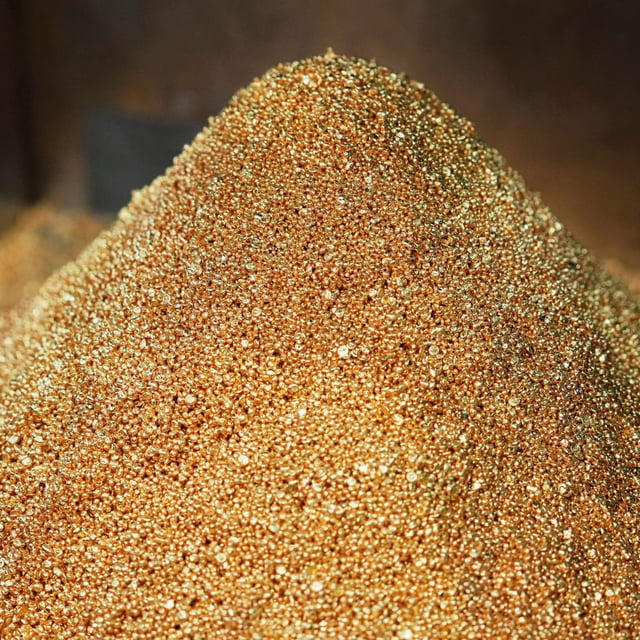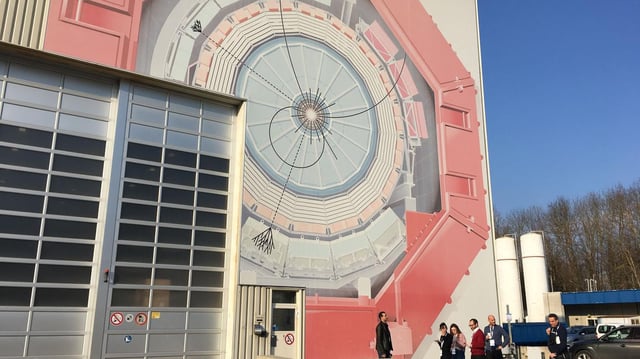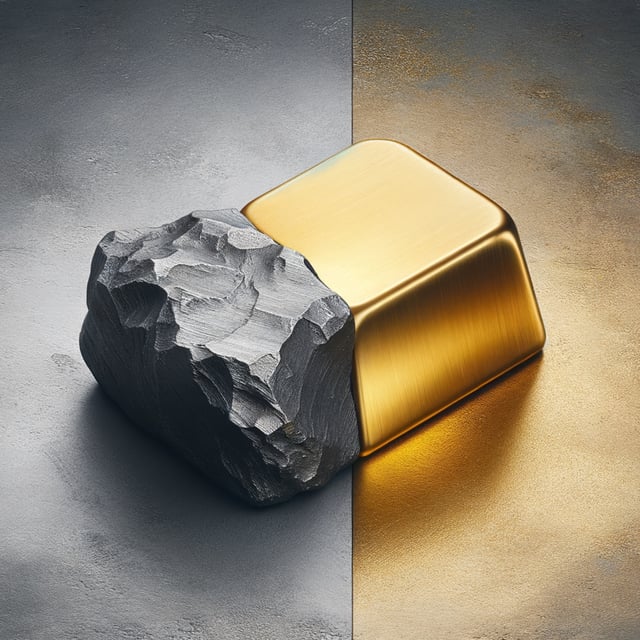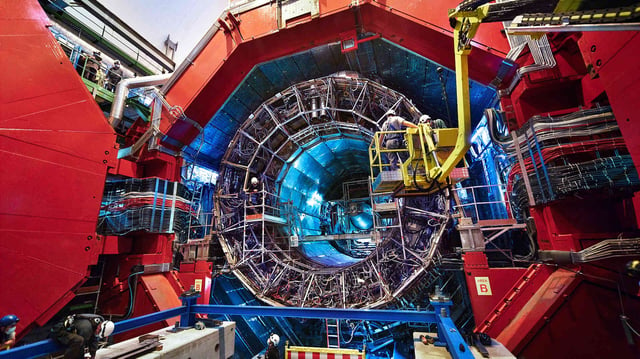Overview
- The ALICE experiment at CERN's Large Hadron Collider has demonstrated the conversion of lead nuclei into gold nuclei via high-energy near-miss collisions.
- The process involves the ejection of exactly three protons from a lead nucleus, resulting in the creation of gold nuclei with 79 protons.
- Gold nuclei are produced at a rate of up to 89,000 per second, but the quantities are minuscule and exist only for fractions of a second before decaying.
- The findings, published in *Physical Review C*, provide insights into quark-gluon plasma conditions thought to have existed moments after the Big Bang.
- This breakthrough builds on research conducted since 2015, with recent upgrades doubling the detection rate of these rare nuclear transformations.



